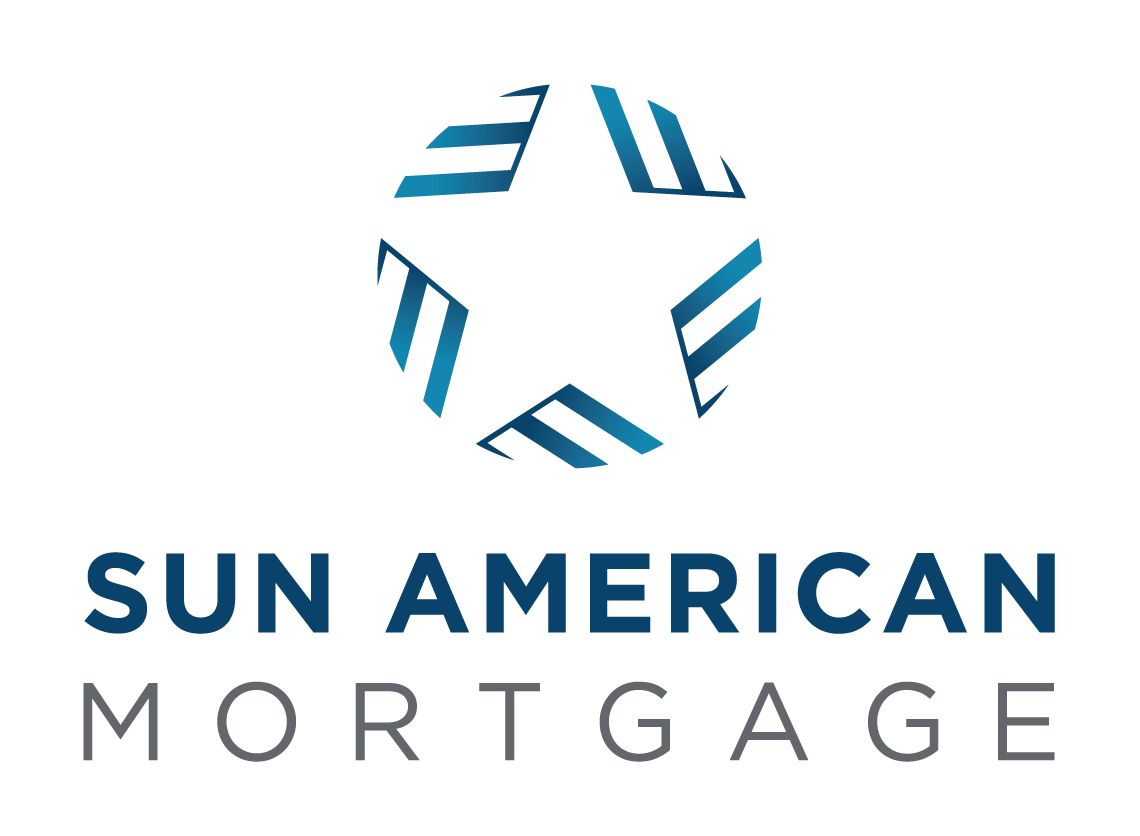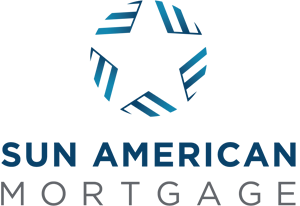If you live in the United States, you are aware of the rising cost of medical care, living expenses and increasing limitations on social security. Unfortunately, many people reach their retirement age without enough money to fund their retirement years.
Back in the days, if you borrowed money using your home, you had to pay monthly loan payments. Today, homeowners can opt for a Reverse Mortgage, where you can convert your home’s equity into a tax-free income.
So, what is a Reverse Mortgage, & how do they work?
To give a little history, the Reverse mortgage was launched by the US Department of Housing and Urban Development, in the year 1990.
A reverse mortgage refers to a type of loan available to qualified homeowners 62 years old & up, who are willing to convert their home’s equity into cash. This is a great financial solution for retirees. This type of financing is usually tax-free as well.
The homeowner retains full entitlement of the property against which the loan amount is borrowed. The Homeowner is still responsible for clearing property taxes, and other utility bills, as well as the property maintenance costs.
If an applicant meets the minimum requirements for the reverse mortgage, there are three different disbursement options, which are: receiving a lump sum, opting for the line of credit, or monthly repayment plans.
The total loan amount is due when the borrower of the reverse mortgage has passed away, or stopped living in the home for 12 or more months, or has opted to sell the property. If any of those circumstances end up happening, the homeowner is expected to pay back the loan. There are some alternative solutions if you wish to get rid of your Reverse Mortgage at any point. One can sell the property or refinance through different Utah housing loan types.
The advantage of taking the Reverse mortgage financing is that, so long as the homeowner continually meets the requirements, no monthly repayments will have to be made.
So, how much can a loan applicant qualify for?
The homeowner’s age determines the amount they can borrow. The amount of home equity they have available and your current interest rate can affect this as well. Note that you are not allowed to use more than 80% of the total home equity.
How do I qualify for a reverse mortgage?
- Must be at least 62 years old.
- Proof of outright homeownership, with a low remaining Utah housing loan, that can be paid off at the closing of the Reverse Mortgage.
- Show that the property is your primary residence.
- Attend a complete financial counseling session, by a qualified HUD-approved professional. Illustrate that you can meet the other financial obligations.
The HECM home requirements
- The home you are borrowing money against is either a single-family home or a two-to-four-unit home.
- The loan applicant is the property owner.
- It is a HUD-approved home or condominium and meets the FHA requirements.
Let’s say you got a Reverse Mortgage & have borrowed money against your own property. Since a Reverse provides you with a tax-free income, there is no restriction on how to spend the cash. Retirees can choose to offset existing loans, or even fund their vacation using the borrowed money. In other words, the lender has no control over where you use the money. There are so many more reasons why a Reverse Mortgage is a great decision!
Get Your Reverse Mortgage Questions Answered by Contacting Our Expert Below!



